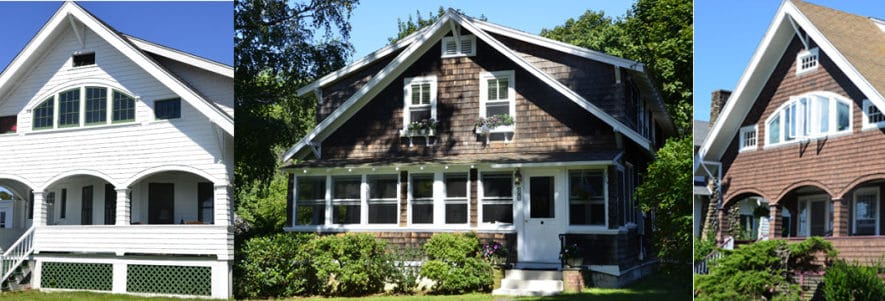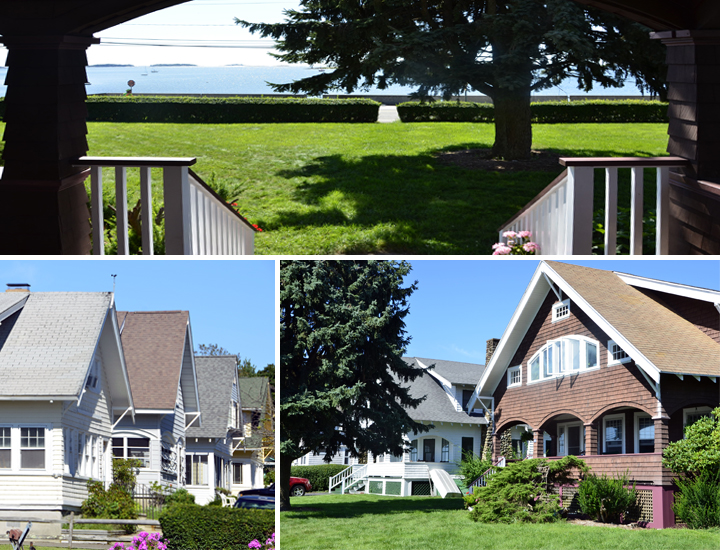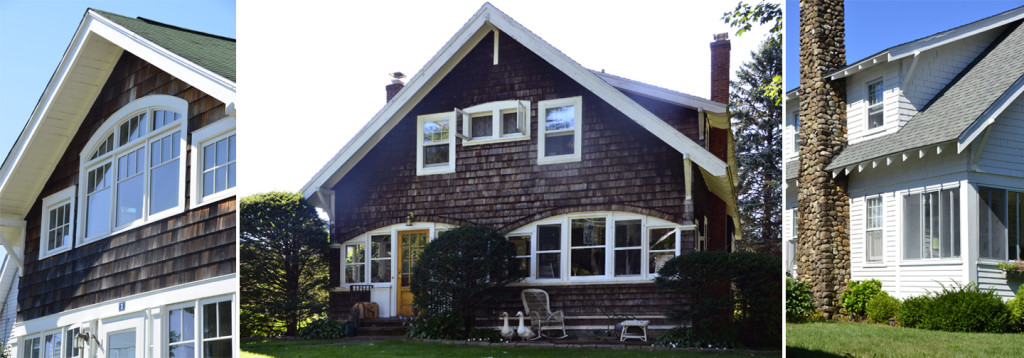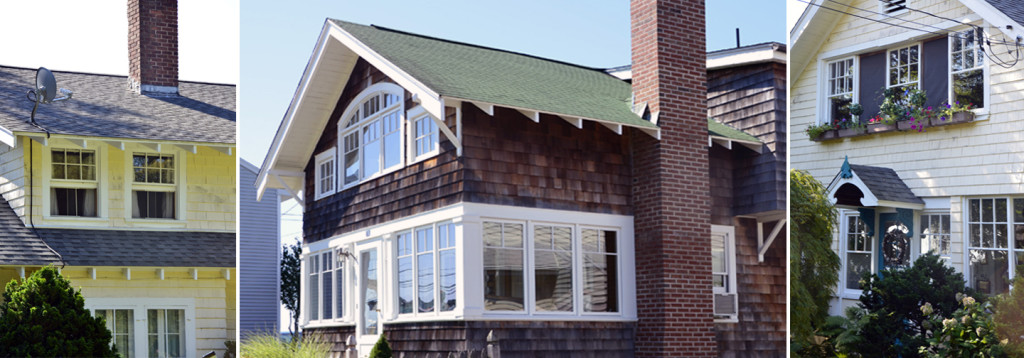Archiscape Blog

Craftsman Style Homes
As the 4th installment of our Historic New England Architecture series we are featuring Craftsman Style homes. Following the popularity of the extravagant Victorian style, the late 19th century homes brought a sensible, “back to basics” philosophy. A number of influences would converge resulting in the Craftsman style of architecture. A fusion of English Arts & Crafts, Shaker and the simple wooden structure sensibility of the Orient, the Craftsman style is part traditional, part modern, and part Eastern. Eventually the Craftsman style came to mean any house that expressed the Arts and Crafts ideals, especially the simple, economical, and extremely popular Bungalow. The Bungalow is aptly named as its origin arises from the Hindi-based word for simply “shelter”. Despite the handcraft focus of the Craftsman style, its enormous popularity at the end of WWI led Sears, Roebuck and Company, amongst others, to create prefabricated and mass-produced bungalows in the Craftsman style.
While brothers Charles and Henry Greene of Pasadena, California are often credited with the Craftsman style, the label “Craftsman” was taken from the popular Craftsman magazine published by infamous furniture designer Gustav Stickley.
Porches
Roof forming protective front porches were prominent in almost all homes of this style. Often supported by tapered or chunky square columns, many of these seaside porches in Connecticut are now enclosed to protect against weather.
Roof & Eave Details
Classic Craftsman employs the use of low pitched roofs, most often front gabled, with an occasional hip roof or additional cross gable. Of all the details, the wide unenclosed eaves, exposed rafter tails and roof beams, and use of decorative braces are the most recognizable.
Fenestration
Double-hung sashes with smaller multi-pane upper half typify Craftsman style. Gabled or single shed dormers often include windows arranged in groups.
Materials
Reflective of the Arts and Crafts emphasis on natural materials, these houses were often finished in earthy colors and natural stains. Natural fieldstone or sometimes brick was used for the foundations and single chimneys.
.
The Gamble House in Pasadena, CA and the Beach Memorial Library right here in Newtown, CT are beautiful examples of Craftsman Style architecture.
“There are two men inside the artist, the poet and the craftsman. One is born a poet. One becomes a craftsman.”
Emile Zola
A bientôt,
Karin






